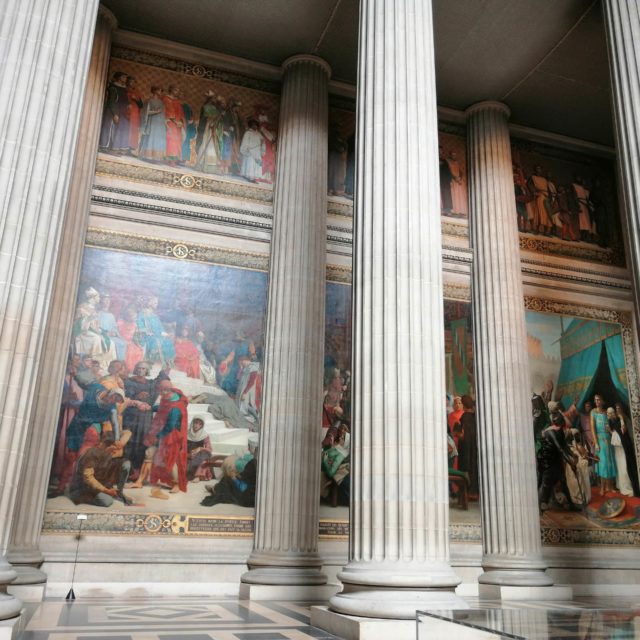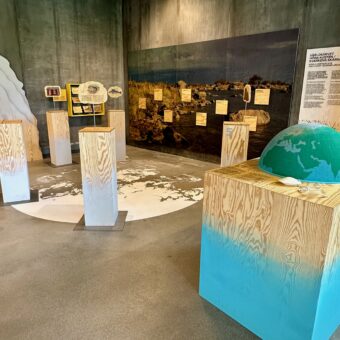The Pantheon
Paris, France
The Pantheon was originally intended as a church dedicated to St Genevieve but now is primarily a mausoleum to house the remains of many important French luminaries. Here lie the remains of such distinguished people as Voltaire, Rousseau, Emile Zola, Victor Hugo and and Marie Curie. Building commenced in 1757 and was under the direction of the architect Jacques Soufflot.
Reminiscent of St Paul’s Cathedral in London due to its domed roof, the Pantheon sits at the top of a hill in the Latin Quarter and is surrounded by beautiful architecture and close to the famed Sorbonne University. It is a stunning building adorned with beautiful paintings.
One of the highlights inside is a replica of Foucault’s’ pendulum. Under the central dome hangs this pendulum that enabled French scientist Jean Foucalt to prove beyond doubt that the earth rotates on an axis around the sun and was not, as the church believed, stationary. This discovery in 1851 created a sensation and captured the imagination of public and scientists alike. The original pendulum is now in the Conservatoire des Arts et Métiers in Paris.
General accessibility information
Excellent. To the right of the main entrance there is a ramp which allows access to the main building. Inside, the hard flooring and large space ensures that there are no problems with manoeuvring for wheelchair users. The panoramic terrace is accessible to wheelchair users although we could not try this out on our visit as we had missed the time slots. Entry is free for wheelchair users.











